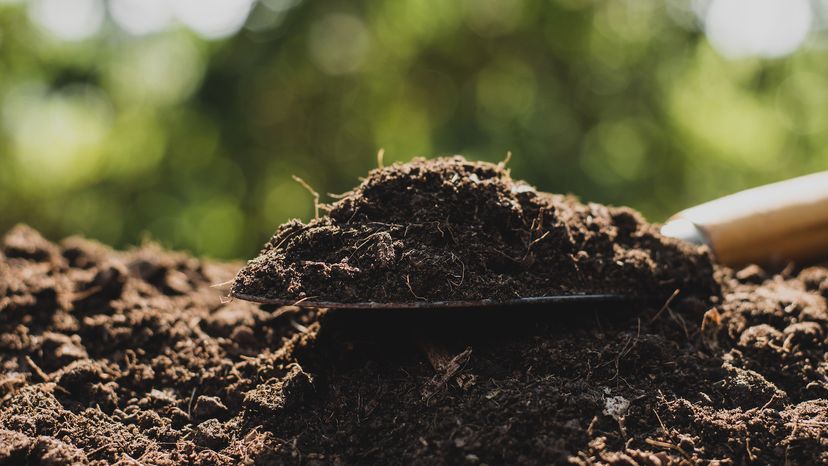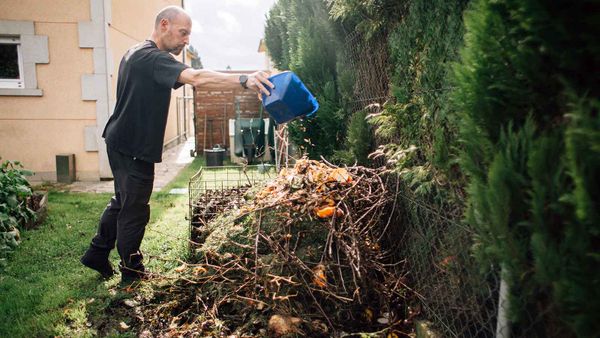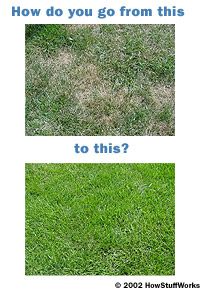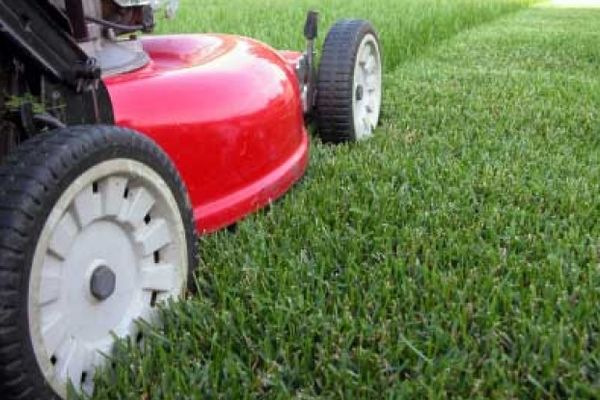Loam soil is a mixture of soil that is the ideal plant-growing medium. It is actually a combination soil, normally equal parts of clay, silt, and sand, which gives the benefits of each with few of the disadvantages.
Clay and Silt Particles
Clay soil is fairly dense, has good water- and nutrient-retaining properties, and is great for growing flowering plants that need a lot of water. Silt soils come about halfway between clay and sandy soils; in effect, silt helps the clay and sand to mix well.
Silt soil is very fine and also holds moisture, but, like clay, it can have a tendency to become compact. This sometimes causes drainage problems when used by itself. Most moisture-loving plants, like colored flowers, vines and grasses, grow well in this smooth and slippery soil.
Sand Particles
Sandy soils by contrast have a rough texture, which helps give good drainage and allow lots of air in the soil. Sand is ideal for drought-loving plants like cacti; however, because of its drainage properties, nutrients can be washed away.
This type of soil can also grow tulips, shrubs and other plants that don't need too much water. However, unless you just want to grow desert plants, sandy soil isn't so great by itself.



